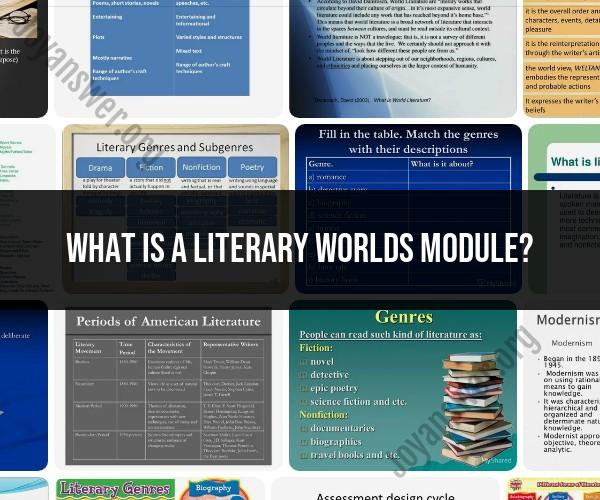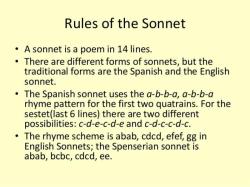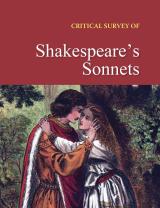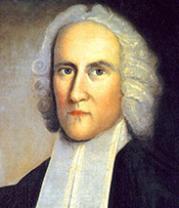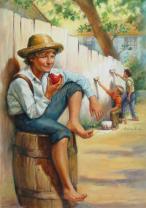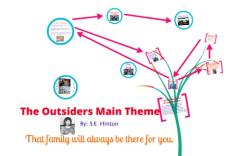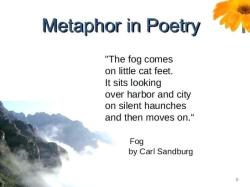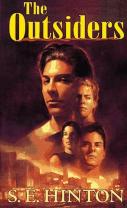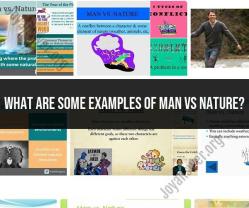What is a literary worlds module?
Exploring fictional realms through a "Literary Worlds Module" is a fascinating way to engage students in literature and foster their imagination. Here's a framework for such a module, including key activities and concepts:
Module Title: "Literary Worlds: Exploring Fictional Realms"
Grade Level: Middle School
Duration: 4-6 weeks
Module Objectives:
- Introduce students to the concept of fictional worlds and the role of setting in storytelling.
- Foster a love for reading and an appreciation for diverse literary genres.
- Encourage critical thinking and analysis of fictional realms.
- Develop creative writing skills through world-building exercises.
- Enhance oral and written communication skills through discussions and presentations.
Week 1: Introduction to Fictional Worlds
- Define and discuss the concept of fictional worlds and their importance in literature.
- Read and analyze excerpts from various genres to identify how settings shape stories.
- Introduce key literary terms such as "setting," "atmosphere," and "mood."
Week 2: Literary Genres and Their Worlds
- Explore different literary genres (fantasy, science fiction, historical fiction, etc.) and the unique worlds they create.
- Read and discuss a variety of texts from different genres, focusing on how settings vary.
- Group activity: Students choose a genre and present a short story or excerpt that exemplifies its world-building.
Week 3: Creating Believable Settings
- Discuss the elements of world-building, including geography, culture, and history.
- Analyze examples of well-developed fictional worlds in literature.
- In-class exercise: Students create a "world map" for a fictional realm, considering geography, landmarks, and cultures.
Week 4: Setting as a Character
- Explore the idea that settings can function as characters in a story, influencing plot and character development.
- Analyze texts where the setting plays a prominent role.
- Creative writing assignment: Students write a short story where the setting is a dynamic and integral part of the narrative.
Week 5: Fantasy and Imagination
- Focus on the fantasy genre and its emphasis on imagination and world-building.
- Read excerpts from classic fantasy novels and discuss their imaginative worlds.
- Group project: Students collaboratively create a fantasy world, complete with its history, creatures, and rules.
Week 6: Presentation and Reflection
- Students present their world-building projects to the class, explaining their choices and inspirations.
- Reflect on the module's learning objectives and personal growth as readers and writers.
- Discuss how understanding fictional worlds enhances their reading experience.
Assessment:
- Participation in class discussions and activities.
- Reading comprehension quizzes on assigned texts.
- Completion of world-building exercises and creative writing assignments.
- Presentation of group world-building project.
Optional Extensions:
- Invite guest speakers or authors to discuss their world-building processes.
- Organize a "Literary Worlds Fair" where students showcase their world-building projects to the school community.
- Encourage students to create visual representations of their worlds through art or multimedia presentations.
This Literary Worlds Module provides an interactive and interdisciplinary approach to studying literature, fostering students' creativity, critical thinking, and appreciation for the power of storytelling.
